How Urgent Care Billing Works With and Without Insurance?

Urgent care centers are a lifesaver for patients needing immediate medical attention without the long waiting times of emergency rooms. But while the medical side of urgent care is simply the financial side, urgent care billing can be confusing. Patients often ask: “Does urgent care bill you later?” or “How does urgent care billing work […]
A Guide to Acupuncture Billing Services

Acupuncture is one of the fastest-growing alternative healthcare services in the United States. With more insurance providers recognizing its benefits, patients now have better access to treatment, and practitioners can reach a wider audience. But with this opportunity comes complexity. Acupuncture billing is not simple. From learning the right acupuncture billing codes to navigating insurance […]
Common Acupuncture Billing Mistakes – How to Fix Them?

Acupuncture is rapidly growing and accepted in today’s healthcare system, and more insurance companies are now covering these treatments. While that’s a big win for both patients and practitioners, it also comes with a new challenge. Billing for acupuncture isn’t as simple as it may seem. Using the wrong codes, missing documentation, or submitting claims […]
Telehealth CPT Codes and Billing Guide Explained
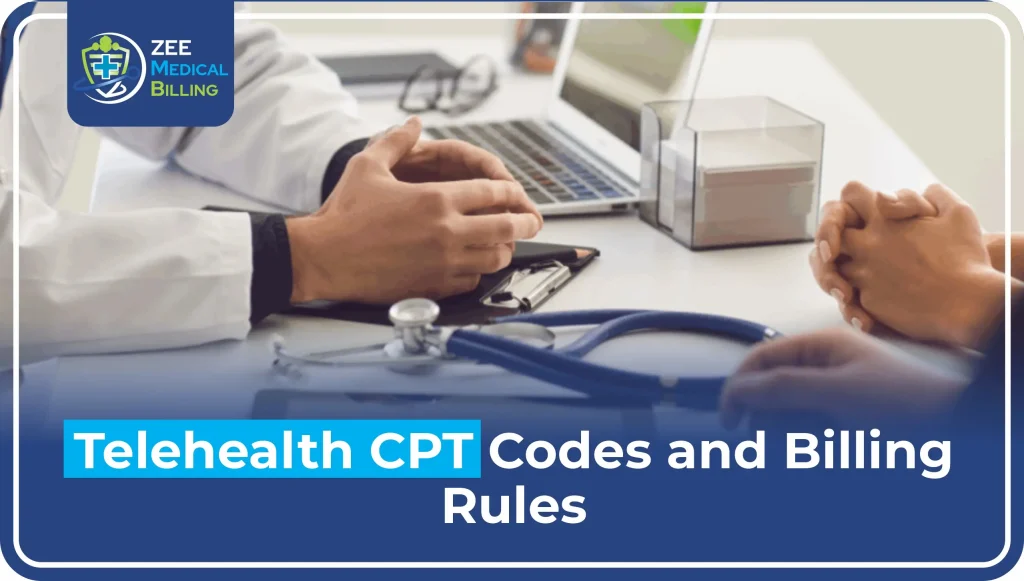
Understanding Telehealth in Modern Healthcare Telehealth is no longer a futuristic idea; it’s a real, accessible tool reshaping how care is delivered. From remote video visits to audio-only check-ins, telehealth services allow providers to care for patients anytime, anywhere. But while convenience has grown, so has the complexity of telehealth CPT codes and billing rules. […]
Chronic Care Management (CCM) Billing And Coding Guide
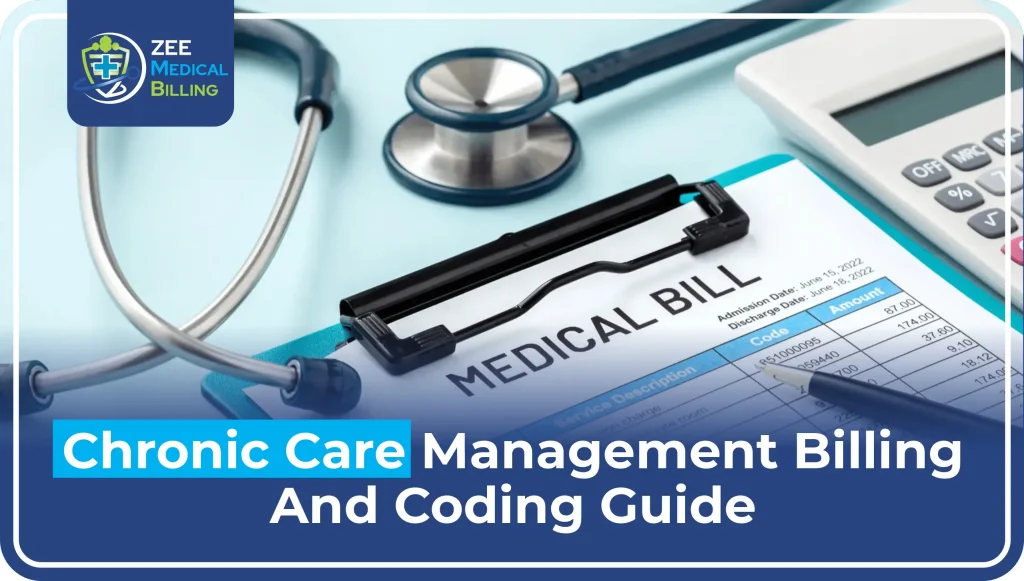
What Is Chronic Care Management (CCM)? Chronic Care Management (CCM) is an important part of today’s healthcare system. This is especially true for patients with multiple chronic conditions. It means services that are not in-person. These services help Medicare beneficiaries manage their long-term health. These services include care coordination, managing medications, and regular follow-ups. They […]
What is a Grace Period in Medical Billing? – Explained

Understanding the Grace Period in Health Insurance A grace period in medical billing is extra time for policyholders to pay their premiums. This happens after the due date has passed, and it allows them to keep their coverage without losing it right away. This timeframe ensures that temporary financial setbacks don’t cause an abrupt lapse […]
What is an ABN in Medical Billing? – Explained
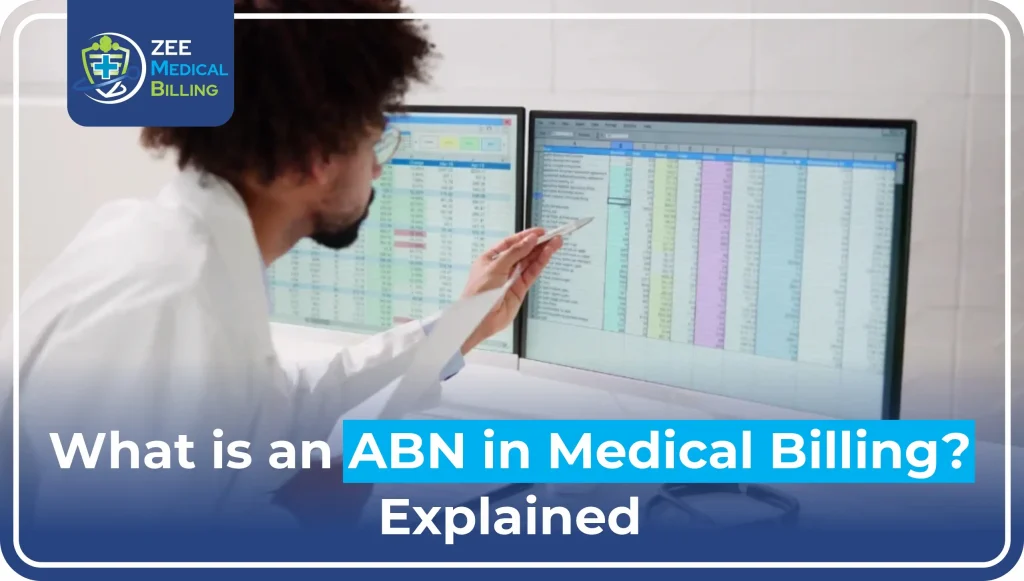
Understanding ABN: Advanced Beneficiary Notice An ABN, or Advance Beneficiary Notice of Noncoverage, is a written notice for Medicare beneficiaries. It tells them that Medicare might not cover some items or services. It is an important part of medical billing. Providers think a procedure might face denial because of coverage limits. In simple terms, it […]
Simple Glossary of Medical Billing and Coding Terms
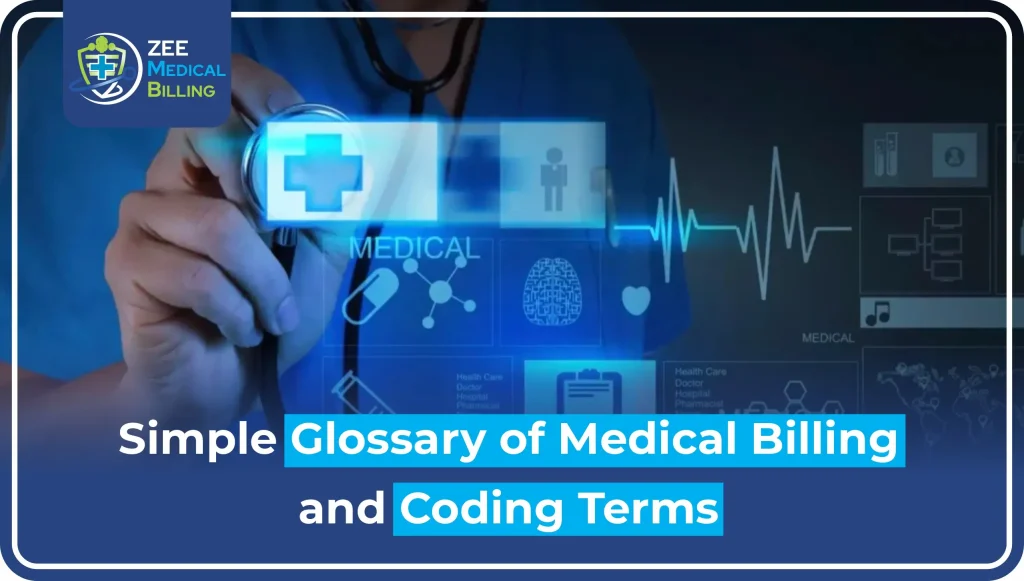
If you are new to healthcare or trying to understand your medical bills, it is important to learn medical terms. These terms are not just industry jargon. They help clarify processes, explain charges, and ensure clear communication between providers, insurers, and patients. This simple glossary explains important medical billing and coding terms in easy language. […]
Physical Therapy Billing Units Comprehensive Guide

Understanding Physical Therapy Billing Units When it comes to physical therapy billing, accuracy and compliance are critical. Physical therapy billing units, often referred to as PT billing units or therapy units, form the foundation of how services are reported and reimbursed, particularly under Medicare and Medicaid. In this guide, we’ll break down what billing units […]
Correct Billing Instructions And Usage for KX Modifier
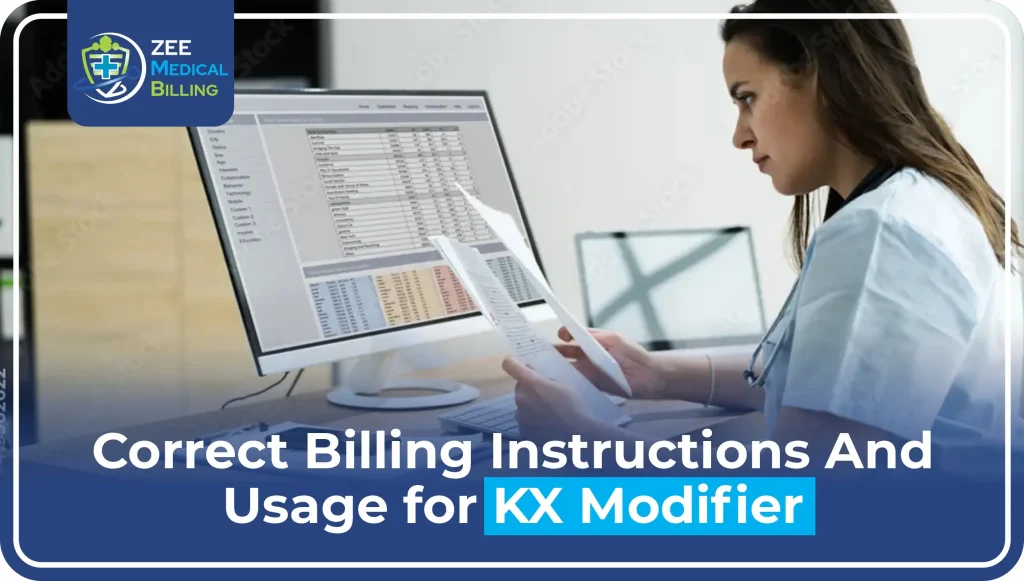
What Is the KX Modifier in Medical Billing? The KX modifier is a billing code for Medicare claims. It shows that the provider has met all the necessary documentation and coverage requirements for a service. It essentially expresses: “Yes, someone followed the rules.” We meet the requirements.” KX Modifier = Documentation on File & Criteria […]

